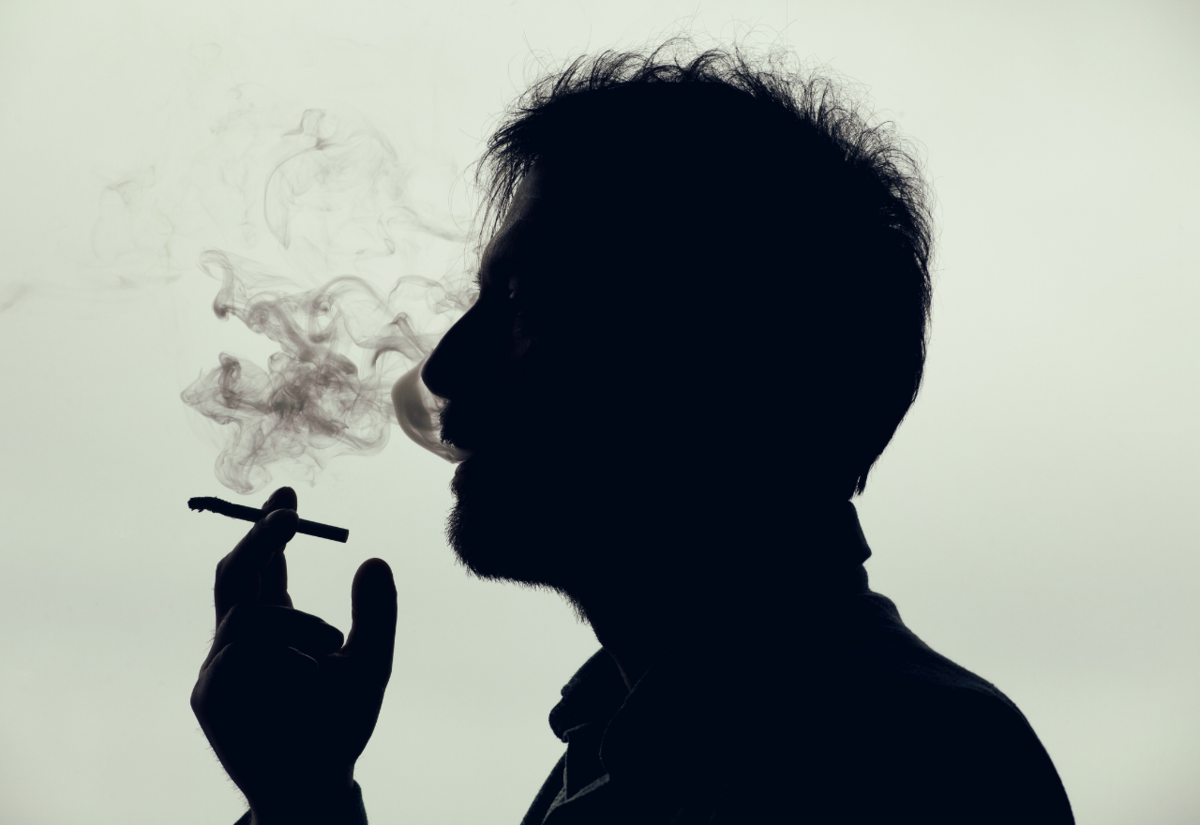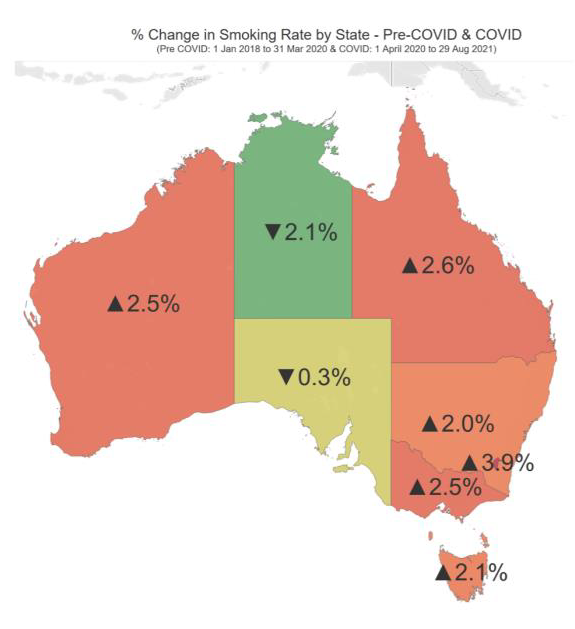Smoke signals: national smoking rates rise over COVID
Oliver Brown
30 September 2021, 7:17 AM
 Recent data shows several Australian states and territories have seen an increase in their statewide smoking rate since COVID first hit Australian shores.
Recent data shows several Australian states and territories have seen an increase in their statewide smoking rate since COVID first hit Australian shores.Yesterday (Wednesday 29 September) was World Heart Day and global preventative health technology company SiSU Health took the opportunity to release data showing a concerning increase in smoking rates across several states, including NSW, during the COVID pandemic.
According to the data, before the outbreak of COVID in Australia, around 10.9 per cent of the NSW population were smokers, whereas post-COVID, that rate had increased to 12.9 per cent.
The SiSU's findings cited comparisons of each state's average percentage of the population that smoked, gathered via its medical-grade health stations positioned in pharmacies and corporate settings across the country.
Data taken between 1 January 2018 and 31 March 2020 was used to indicate a 'pre-COVID' period while data taken between 1 April 2020 and 29 August 2021 indicated a 'post-COVID' period.
SiSU Health Managing Director Dr Noel Duncan said the group had detected a sharp rise in users' smoking rates at the very onset of the pandemic's outbreak in Australia.
"These rates have tapered only slightly in 2021 and remain more than two percentage points higher than in the period prior to COVID," Dr Duncan said.
"The reasons for this upswing are complex, but stress and anxiety associated with lockdowns, often in combination with more frequent alcohol consumption at home, are likely to be contributing factors.”

All Australian states, bar the Northern Territory and South Australia, recorded increases of smoking during COVID. Note: data current as of 31 August 2021. Image courtesy of SiSU Health Group.
According to Dr Duncan, the jump in smoking rates has not been unique to a particular age, with increases across all age groups since the start of the pandemic.
However, the age demographic with the largest increase was 65-74 year olds, which saw the rate nearly double since before the start of the pandemic.
High smoking rates put our region at higher risk
Smoking levels were also notably higher in regional and remote areas than in cities, while rates among Aboriginal and Torres Strait Islander Australians recorded a rate that was three times higher than that of non-indigenous Australians.
Data recently released by the Heart Foundation shows the Far West/Orana region of NSW to have the state's highest rate of smoking at just over 21 per cent.
The region was also in the top 10 across the state when it came to reports of physical inactivity, at 72 per cent, and high blood pressure, at 24 per cent.
Dr Duncan said cardiovascular disease was currently the biggest killer in the world, with heart disease and stroke claiming around 18.6 million lives every year, but it didn't have to be this way.
"Many of the risk factors, such as tobacco use, unhealthy diet and lack of physical activity, are within our control to change," he said.
"Research suggests at least 80 per cent of premature deaths from heart disease and stroke could be avoided. It has never been easier to get a quick measure of your health and any warning signs.”